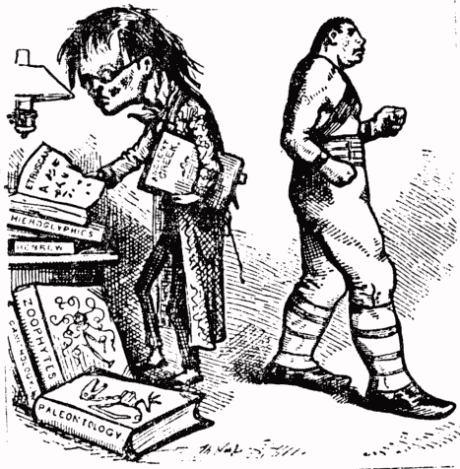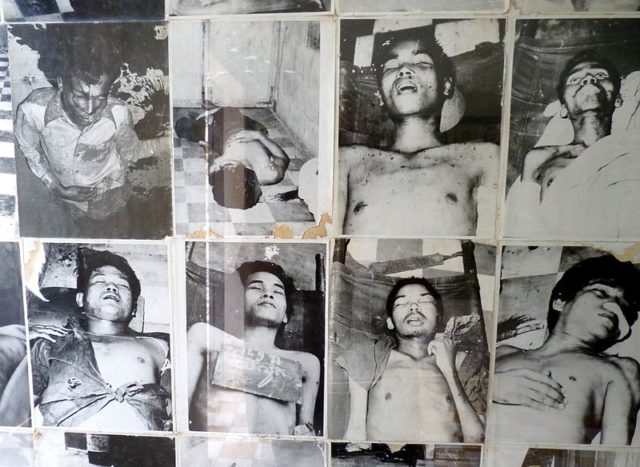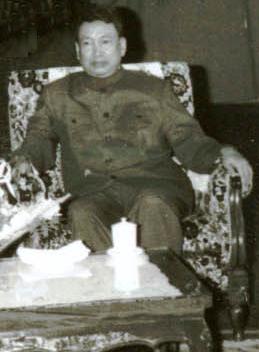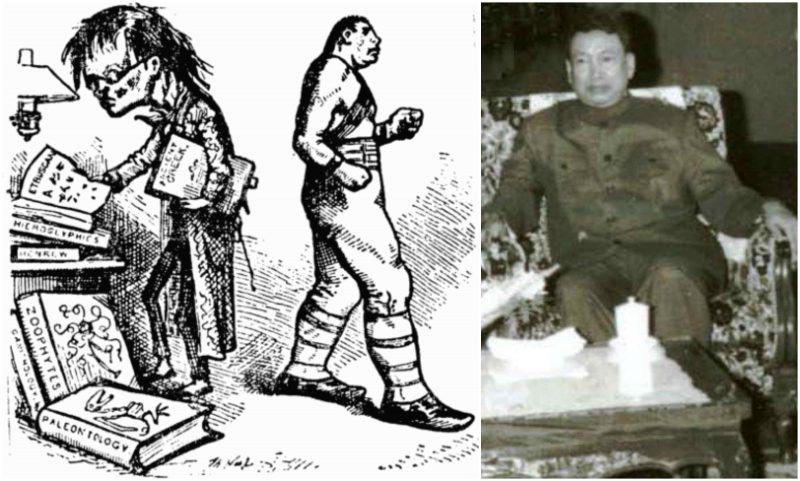Anti-intellectualism is hostility towards, and mistrust of, intellect, intellectuals, and intellectual pursuits, usually expressed as the derision of education, philosophy, literature, art, and science as impractical and contemptible. Moreover, allegations of anti-intellectualism can constitute an appeal to authority or an appeal to ridicule which attempts to discredit an opponent rather than specifically addressing his or her arguments.
Governmental anti-intellectualism ranges from closing public libraries and public schools to segregating intellectuals in an Ivory Tower ghetto to official declarations that intellectuals tend to mental illness, thus facilitating psychiatric imprisonment, then scapegoating to divert popular discontent from the dictatorship.

Anti-intellectualism has been used by totalitarian dictatorships to oppress political dissent. Perhaps its most extreme political form was during the 1970s in Cambodia under the rule of Pol Pot and the Khmer Rouge, when people were killed for being academics or even for merely wearing eyeglasses (as it suggested literacy) in the Killing Fields.
![Mass grave at the Killing Field of Choeung Ek. By Michael Darter [1], CC BY-SA 2.5, https://commons.wikimedia.org/w/index.php?curid=1772453](https://www.thevintagenews.com/wp-content/uploads/sites/65/2016/08/800px-ChoeungEk-Darter-9-640x480.jpg)
Analysis of 20,000 mass grave sites by the DC-Cam Mapping Program and Yale University indicate at least 1,386,734 victims of execution. Estimates of the total number of deaths resulting from Khmer Rouge policies, including disease and starvation, range from 1.7 to 2.5 million out of a 1975 population of roughly 8 million. In 1979, Vietnam invaded Democratic Kampuchea and toppled the Khmer Rouge regime.

During this time, intellectuals were systematically demoted or expelled from the power structures, and, occasionally, assassinated. When the Khmer Rouge, established their regime as Democratic Kampuchea (1975–1979) in Cambodia, their anti-intellectualism idealized the country and demonized the cities to establish agrarian socialism, thus, they emptied cities to purge the Khmer nation of every traitor, enemy of the state, and intellectual, who were often symbolized by eyeglasses.

Even potential opponents with more than elementary education were killed. As part of the “Year Zero” social engineering project – an effort to “restart” society and rebuild it from scratch – Pol Pot’s regime assassinated anyone suspected of “involvement in free-market activities.” The suspected elements of the Cambodian populace included professionals and almost every educated man and woman, city-dwellers, and people with connections to foreign governments. Doctrinally, the Khmer Rouge designated the farmers as the true proletariat, as the true representatives of the working class, hence the anti-intellectual purge.
